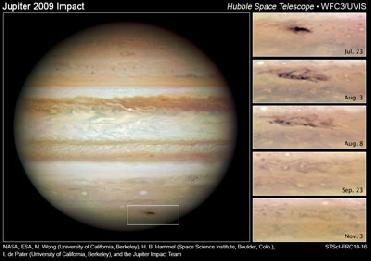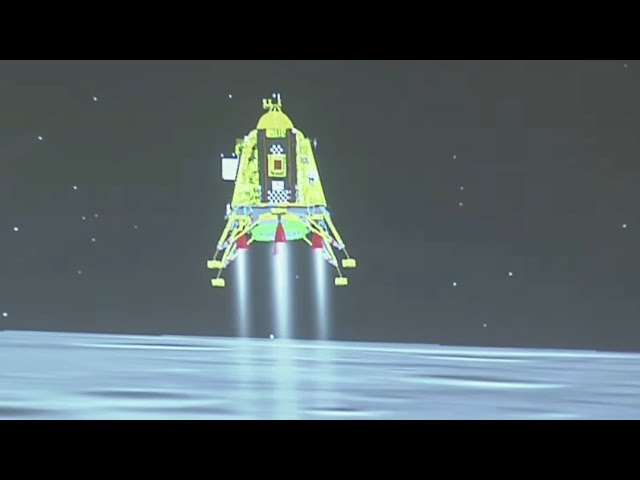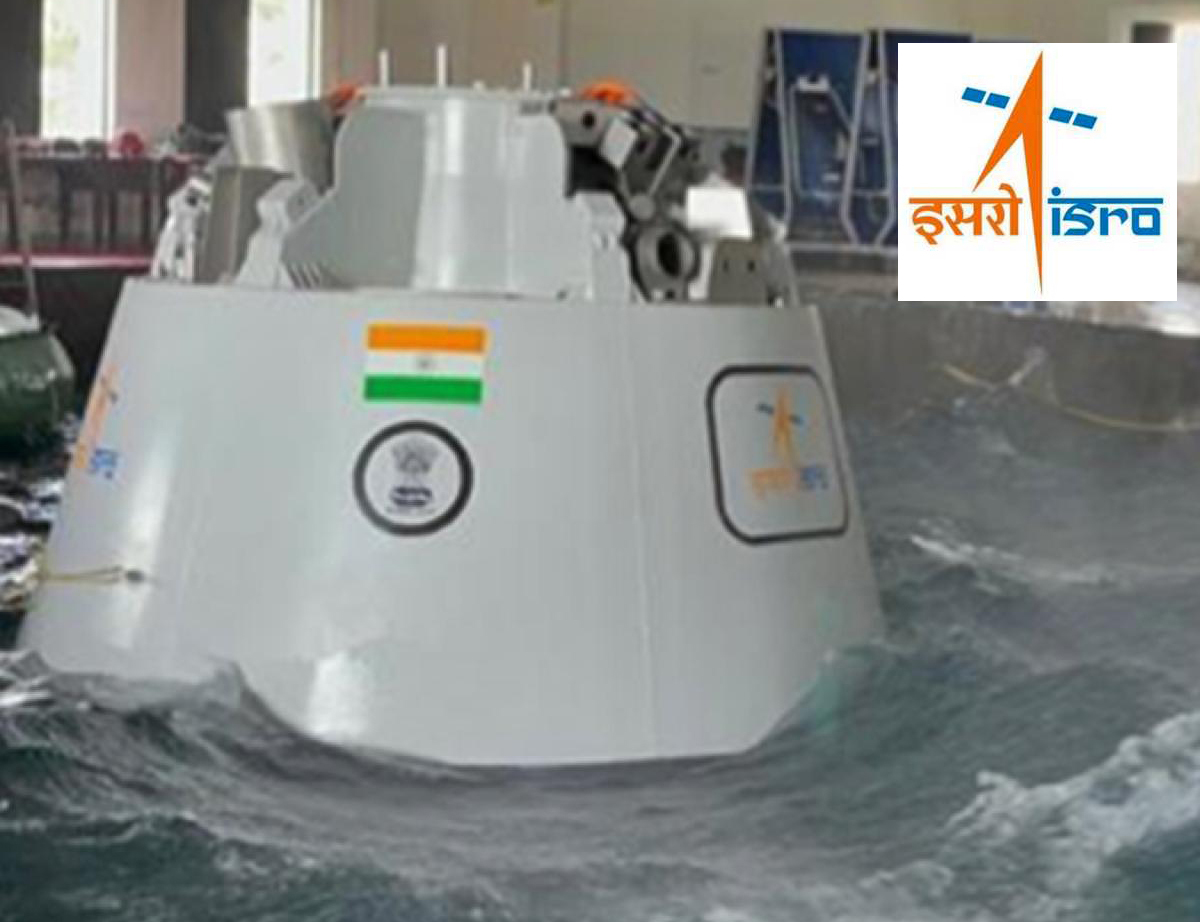
The NASA Hubble Space Telescope snapshots reveal an impact scar on Jupiter fading from view over several months between July 2009 and November 2009. A NASA/ESA Photo
WASHINGTON (BNS): A huge dark spot noticed in Jupiter was the result of an asteroid striking the planet rather than a comet, images acquired from NASA's Hubble Space Telescope have revealed.
The massive planet was hit by the �mystery object� on July 19, 2009, leaving a dark scar the size of the Pacific Ocean on it. The huge spot was first noticed by an amateur astronomer in Australia.
Jupiter had witnessed a similar cosmic collision way back in July 1994 when over 20 pieces of Comet P/Shoemaker-Levy 9 (SL9) plunged into the planet�s atmosphere.
The 2009 impact also occurred during the same week of July, which made astronomers believe that the mystery object was perhaps a comet.
However, after comparing Hubble images of both the collisions, they have concluded that the real culprit may have been an asteroid about 1,600 feet (500 meters) wide. The images, therefore, may show for the first time the immediate aftermath of an asteroid, rather than a comet, striking another planet, NASA said.
The researchers found key differences after analysing images of the two collisions (1994 and 2009).
While they noticed a distinct halo around the 1994 impact sites � evidence of fine dust arising from a comet-fragment strike � the 2009 collision images had no such halo. The 1994 collision images had also showed a strong contrast between impact-generated debris and Jupiter�s clouds, but in the 2009 images, this contrast had faded rapidly.
Both clues suggest a lack of lightweight particles, providing circumstantial evidence for an impact by a solid asteroid (in 2009) rather than a dusty comet, NASA said.
The elongated shape of the recent impact site also differs from the 1994 strike, indicating that the 2009 object descended from a shallower angle than the SL9 fragments. The 2009 body also came from a different direction than the SL9 pieces.
A further analysis of the orbital path the asteroid could have taken to come near Jupiter led astronomers to the Hilda family of bodies, a secondary asteroid belt consisting of more than 1,100 asteroids orbiting near Jupiter.
The study appears in the June 1 issue of The Astrophysical Journal Letters.
 Previous Article
Previous Article Next Article
Next Article













The Indian Air Force, in its flight trials evaluation report submitted before the Defence Ministry l..
view articleAn insight into the Medium Multi-Role Combat Aircraft competition...
view articleSky enthusiasts can now spot the International Space Station (ISS) commanded by Indian-American astr..
view article